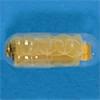UC Berkeley researchers devised a fast and precise way to teach robots tasks like assembling a motherboard or an IKEA drawer.
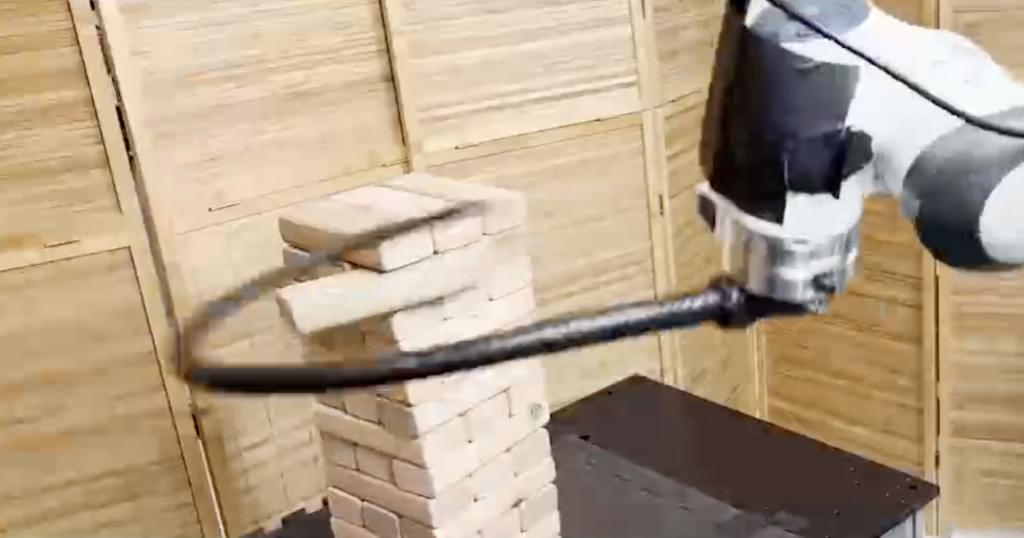

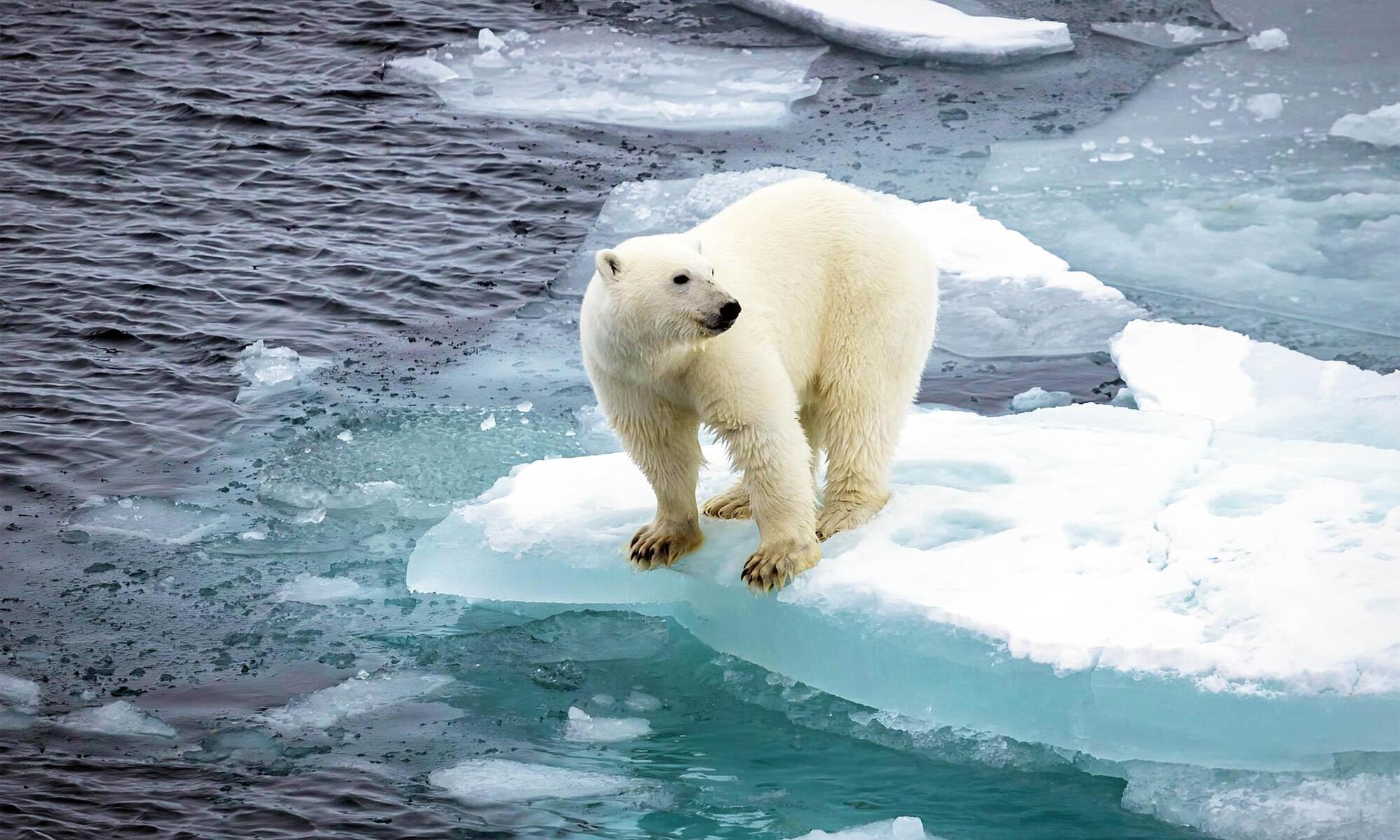
As their primary food source becomes less accessible, the bears enter longer fasting periods, leading to declining health and population numbers.
“A loss of sea ice means bears spend less time hunting seals and more time fasting on land,” said Louise Archer, a postdoctoral researcher and lead author of the study.
This prolonged fasting drains polar bears’ energy reserves, reducing their ability to reproduce and raise cubs. Without enough stored fat, female bears struggle to give birth and nurse their young. Over time, this energy deficit has led to a sharp population decline.
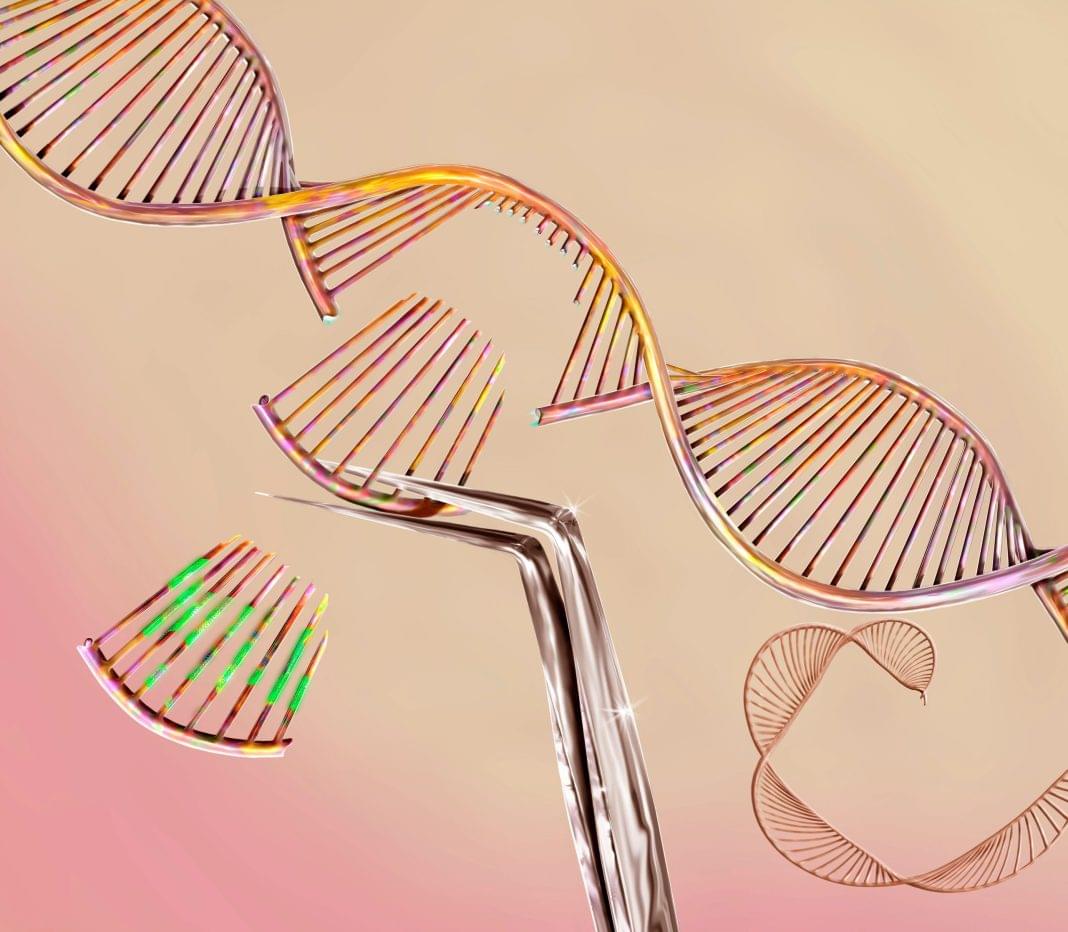
Australian researchers have successfully introduced an improved version of Cas12a gene-editing enzyme in mice. Their work establishes a next-generation gene-editing tool that enhances genetic manipulation for cancer and medical research in a preclinical model.
The study, “Advancing the genetic engineering toolbox by combining AsCas12a knock-in mice with ultra-compact screening,” was published in Nature Communications.
“This is the first time Cas12a has been used in preclinical models, which will greatly advance our genome engineering capabilities,” said co-author Eddie La Marca, PhD, a postdoctoral researcher at the Olivia Newton-John Cancer Research Institute (ONJCRI) in Australia.
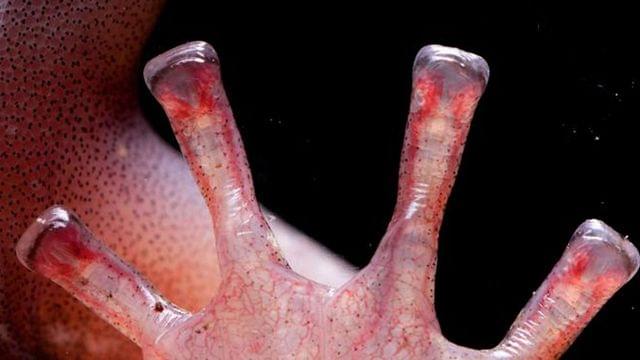
Wandering salamanders are known for gliding high through the canopies of coastal redwood forests, but how the small amphibians stick their landing and take-off with ease remains something of a mystery.
A new study in the Journal of Morphology reveals the answer may have a lot to do with a surprising mechanism: blood-powered toes. The Washington State University-led research team discovered that wandering salamanders (Aneides vagrans) can rapidly fill, trap and drain the blood in their toe tips to optimize attachment, detachment and general locomotion through their arboreal environment.
The research not only uncovers a previously unknown physiological mechanism in salamanders but also has implications for bioinspired designed. Insights into salamander toe mechanics could ultimately inform the development of adhesives, prosthetics, and even robotic appendages.

Cancer is infamously cunning, expansive and relentless. It has a talent for evading treatment, spreading throughout the body and coming back again and again. Despite a steady decline in U.S. cancer mortality rates thanks to better screening and treatments, the absolute number of deaths from cancer continues to tick up, in part because of an aging population.
In response, scientists and clinicians are taking a page from cancer’s playbook, learning to be just as cunning, expansive and relentless in their efforts to beat back the disease. Cancer is meeting its match.
“The field of oncology has been completely transformed from where it was 15 years ago — many aspects of cancer treatment resemble science fiction now,” said Steven Artandi, MD, PhD, the Laurie Kraus Lacob Director of the Stanford Cancer Institute.
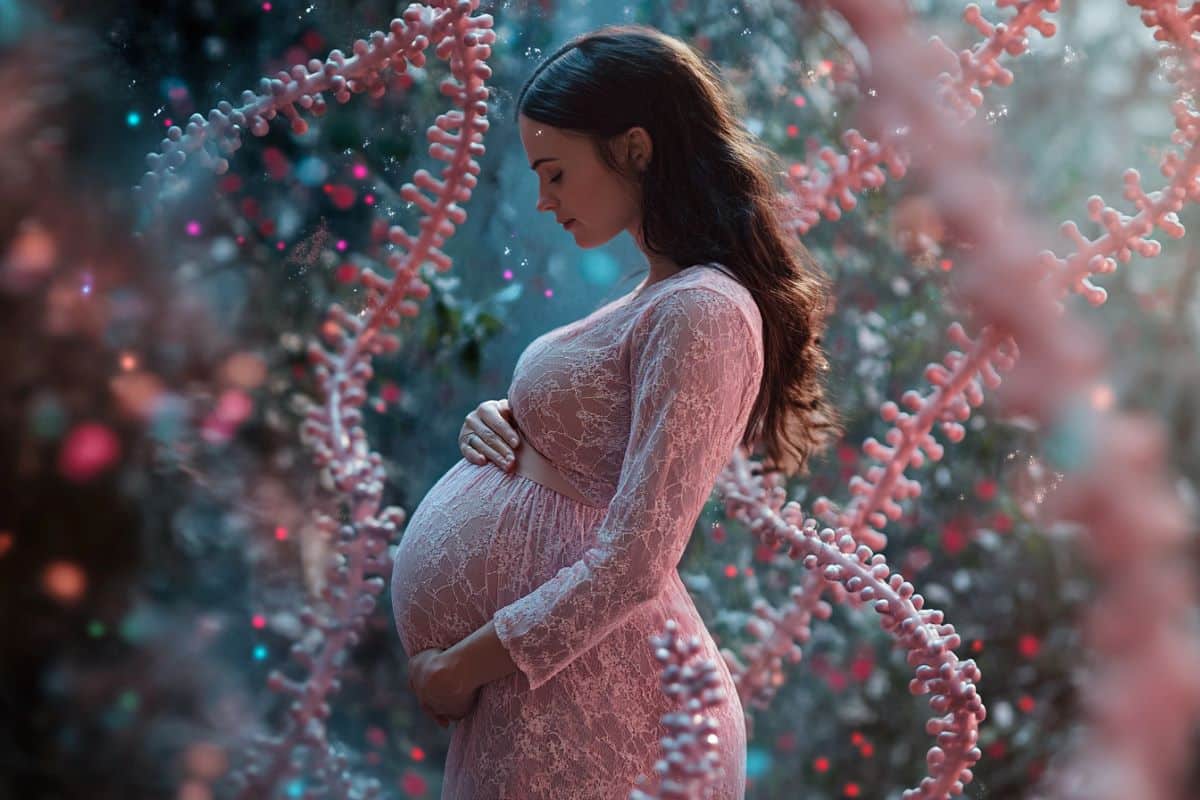
Health during pregnancy does not cause autism, according to a study of 1.1M pregnancies. Genetics and fetal complications play a much larger role, challenging long-held assumptions about autism risk factors. +.
Summary: A large study analyzing over 1.1 million pregnancies found no strong evidence that maternal health conditions during pregnancy cause autism. Instead, nearly all previously reported associations between maternal diagnoses and autism could be explained by genetic or environmental factors.
Researchers found that only fetal complications remained statistically linked to autism, suggesting these issues might be early signs rather than causes. By analyzing sibling and paternal health records, the study further ruled out many maternal conditions as contributing factors.
The findings emphasize that autism likely begins before birth due to genetic influences rather than maternal health conditions. This research may help alleviate guilt for parents and shift focus toward early diagnosis and support.
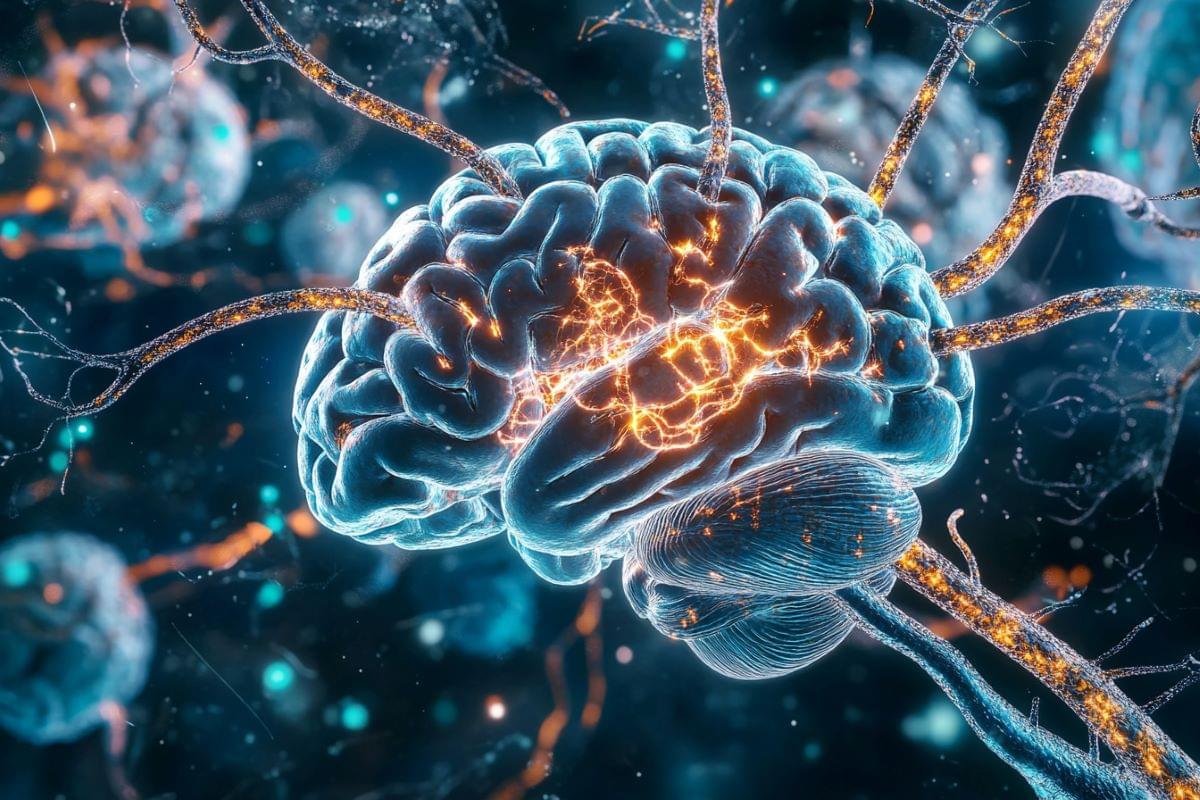
Summary: Scientists have used advanced X-ray phase-contrast tomography (XPCT) to uncover how gut health may influence Alzheimer’s disease. The study found structural changes in the gut of Alzheimer’s-affected mice, revealing abnormalities in intestinal cells, neurons, and mucus secretion.
This supports the hypothesis that harmful gut bacteria may escape into circulation, triggering brain inflammation and neurodegeneration. The findings highlight the gut-brain connection and provide a new tool for detecting early disease markers.
Researchers aim to further explore how the enteric nervous system communicates with the brain in Alzheimer’s. The study paves the way for potential new therapeutic targets based on gut health.
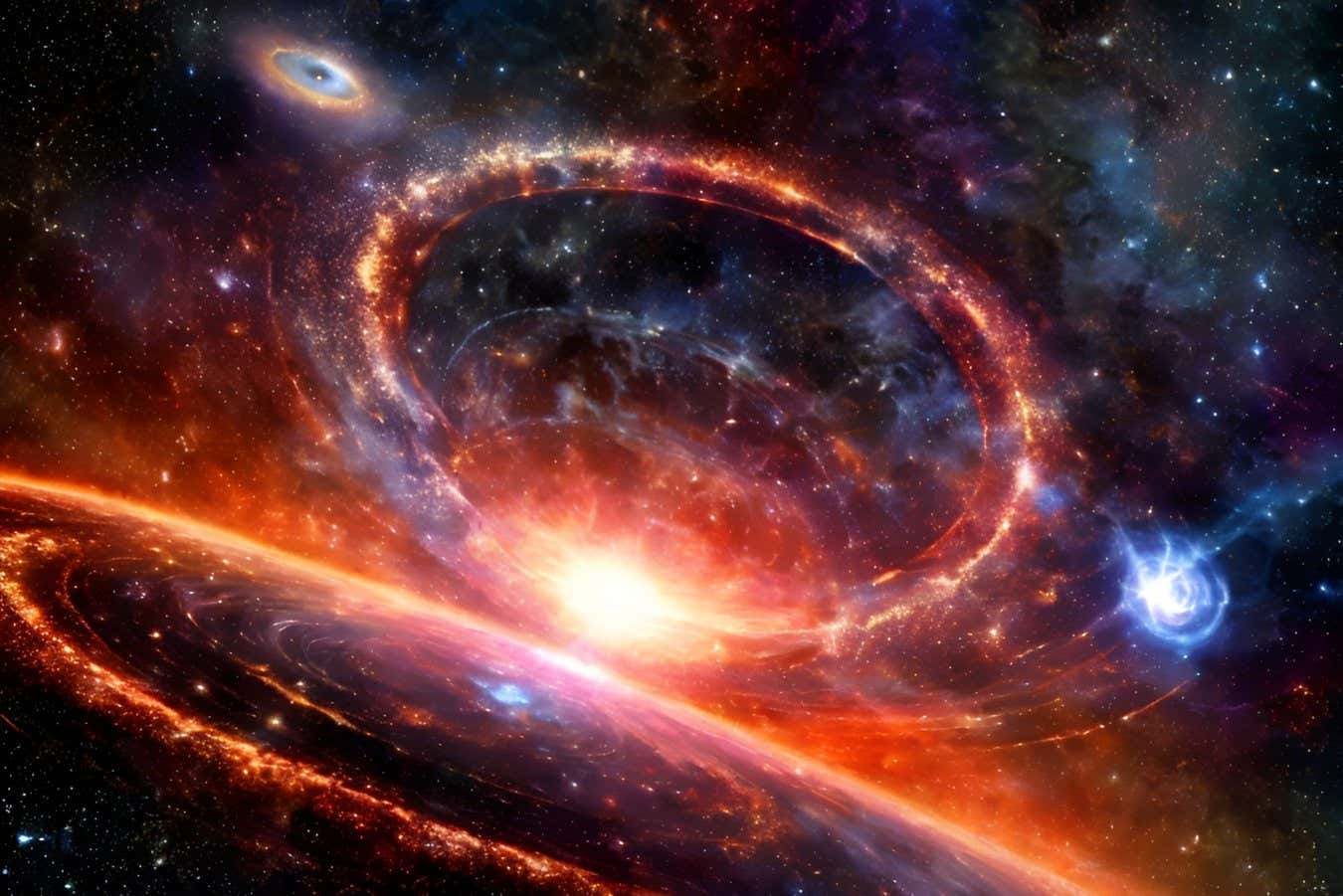
Physicists have created a 3D shape called the cosmohedron, which can be used to reconstruct the quantum wavefunction of the universe – and potentially do away with the idea of space-time as the underlying fabric of the universe.

